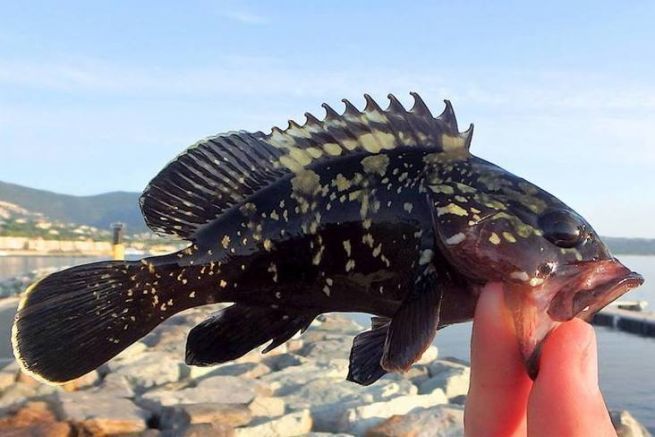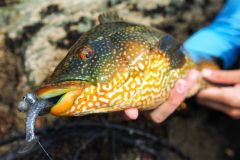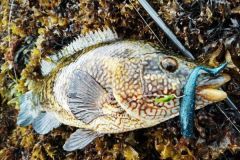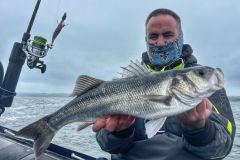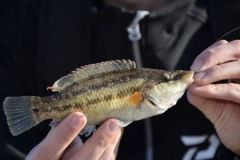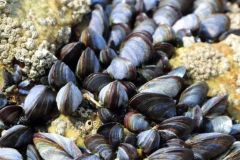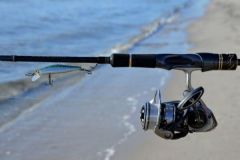Presentation of the brown grouper
From its Latin name Epinephelus marginatus, the brown grouper is one of the biggest fish present in France. Its body is oval, its head is imposing and its big eyes are located on the front of the head. Its mouth is large and it has a single dorsal fin.
As its name indicates, the brown grouper has a prominent brownish color dotted with yellowish spots more or less clear. It happens to meet groupers with colors approaching the gray or the red.
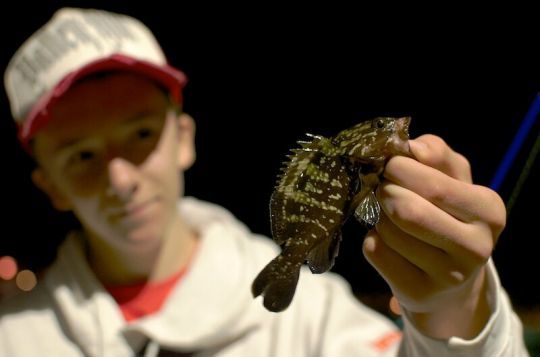
The small individuals can be present from the first meters, and this, until 10 meters of depth. They are dark black in color and are increasingly present on the coast, especially at the edge of protected areas.
There are other less common species of grouper, such as the gray grouper, the badger grouper, the king grouper or the white grouper.
A sedentary fish
It can be found on rocky bottoms where it likes to hide at the bottom of a hole or at the bottom of a cave. Juvenile groupers are found in depths ranging from a few meters to about ten meters. The adults are found deeper and can evolve on bottoms of more than 100 meters of depth.
Black grouper, Mediterranean grouper or giant grouper, the brown grouper is an extremely curious fish. Scuba divers are used to meet these big fish with a friendly behavior. A fish that can exceed 100 cm and weigh more than 20 kg and that can live more than 40 years.
Feeding and reproduction
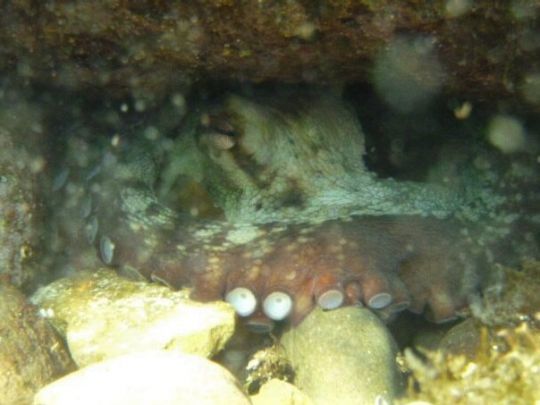
The brown grouper is a fish that appreciates cephalopods (squid, cuttlefish and octopus). It also consumes many crustaceans or fish that pass near its hole.
A protogynous hermaphroditic fish, the brown grouper is initially female and becomes male around the age of 5 years. The reproduction period takes place in summer, from June to September.
An accidental catch
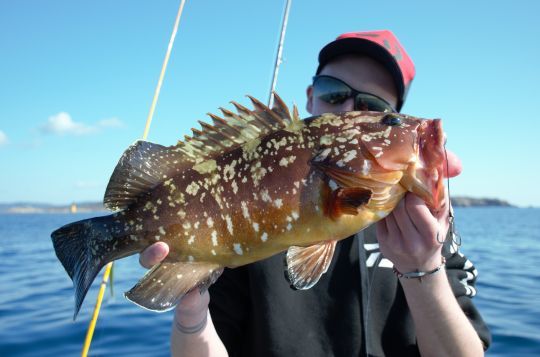
On the French coasts, brown grouper is a protected species, and has been since 1993. As the fishing of brown grouper is prohibited, it cannot be specifically sought by recreational fishermen. On the other hand, it is not uncommon to unfortunately sting a grouper during fishing parties with tenya or fireball.
It is even possible to meet juveniles very close to the edge and they rarely resist a small soft lure like those used in rockfishing.
Once identified, the brown grouper must be returned to the water alive as soon as possible.
